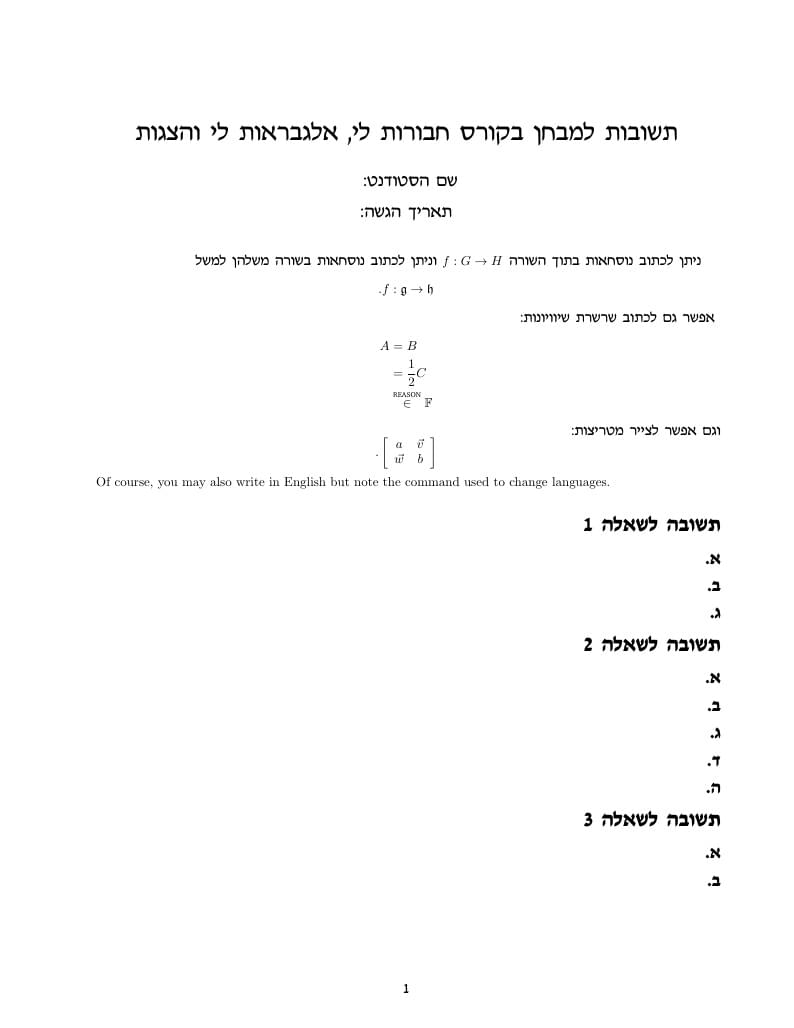overleaf template galleryLaTeX templates and examples — Recent
Discover LaTeX templates and examples to help with everything from writing a journal article to using a specific LaTeX package.

Modelo não-oficial

TU Ilmenau thesis template

Template for an academic-style CV in the US, based on the Awesome CV template. Made for those in the biological sciences, but likely easy to adapt to other fields as well.

قالب پایان نامه دانشگاه تهران که برای استفاده دانشجویان دانشگاه تبریز به صورت مجدد تنظیم شده است تا ایرادات نسخه حاضر دانشگاه تبریز را رفع کند و دانشجویان عزیز به راحتی در محیط وبسایت overleaf قادر به تنظیم پایان نامه های خود باشند.

Doctoral Thesis Template

A simple and aesthetic technical report template that is both easy to use and to customize. It is specifically designed to fit the Norwegian University of Science and Technology’s (NTNU) engineering programs, but the logos and such can effortlessly be changed. Suitable for projects and general assignments. This is a student development.

This template was created to help students submit solutions to an exam in a Lie groups class in Hebrew. Of course, it could be used for other Hebrew classes as well.

A simple template for reports at AAU.

Template para trabalho de conclusão de curso de Ciencia da Computação da UFRGS. Atualizar nominata!
\begin
Discover why over 20 million people worldwide trust Overleaf with their work.